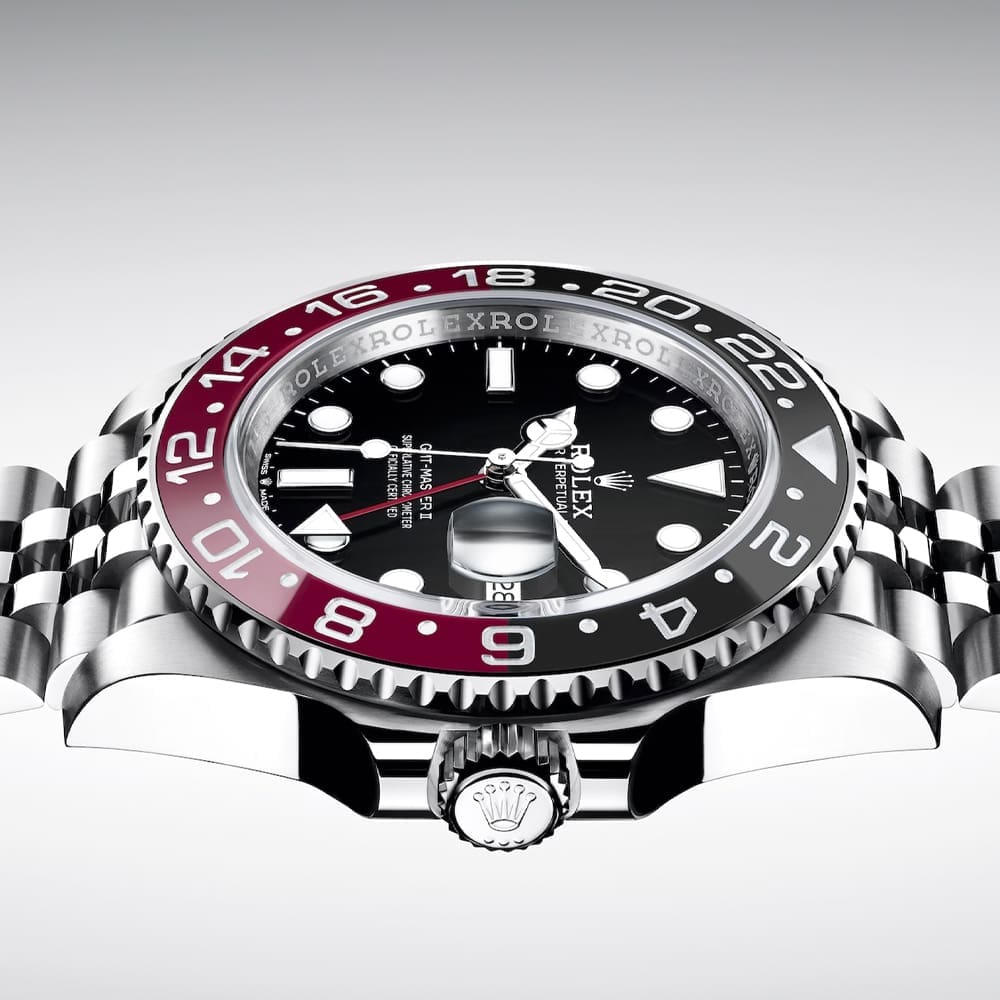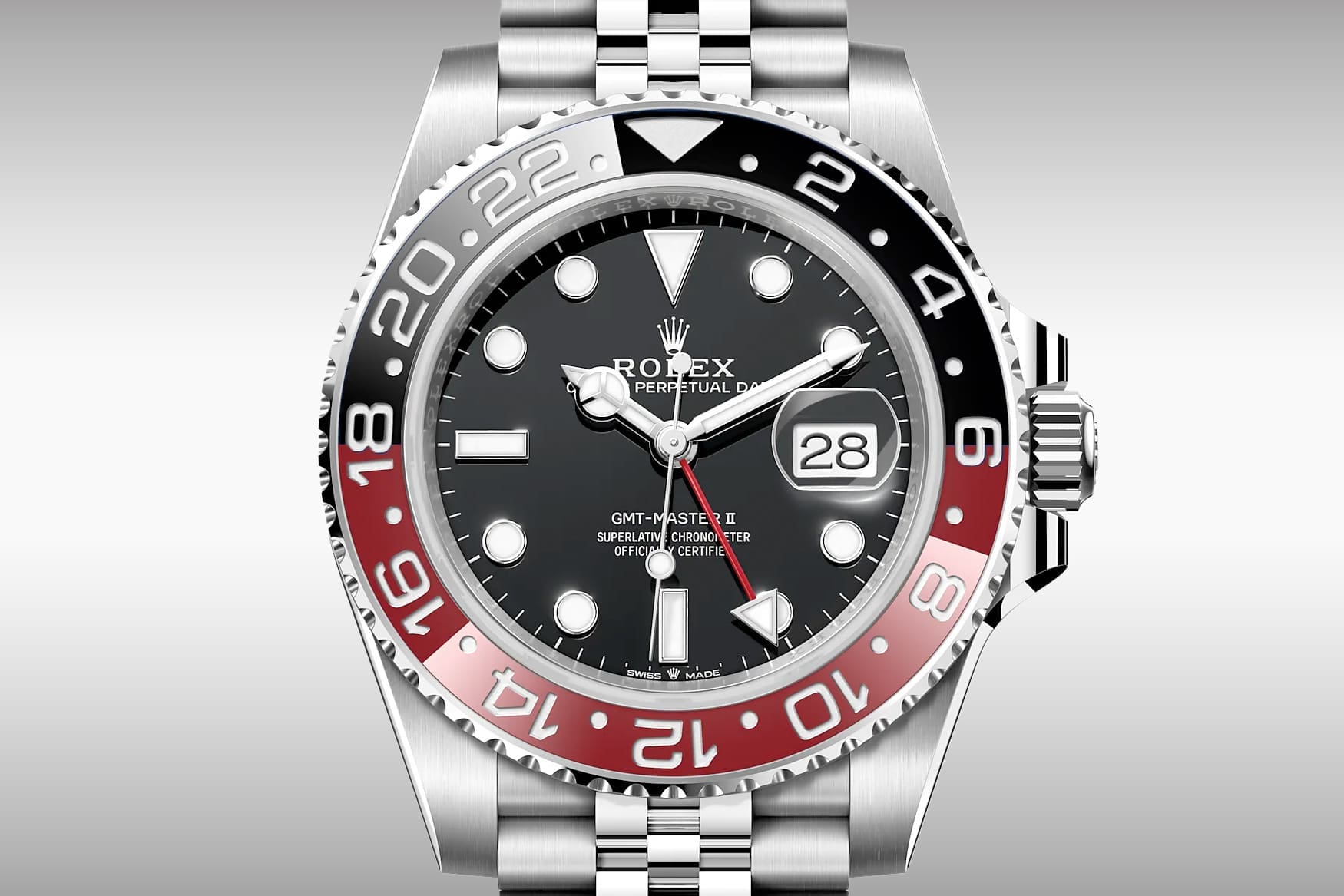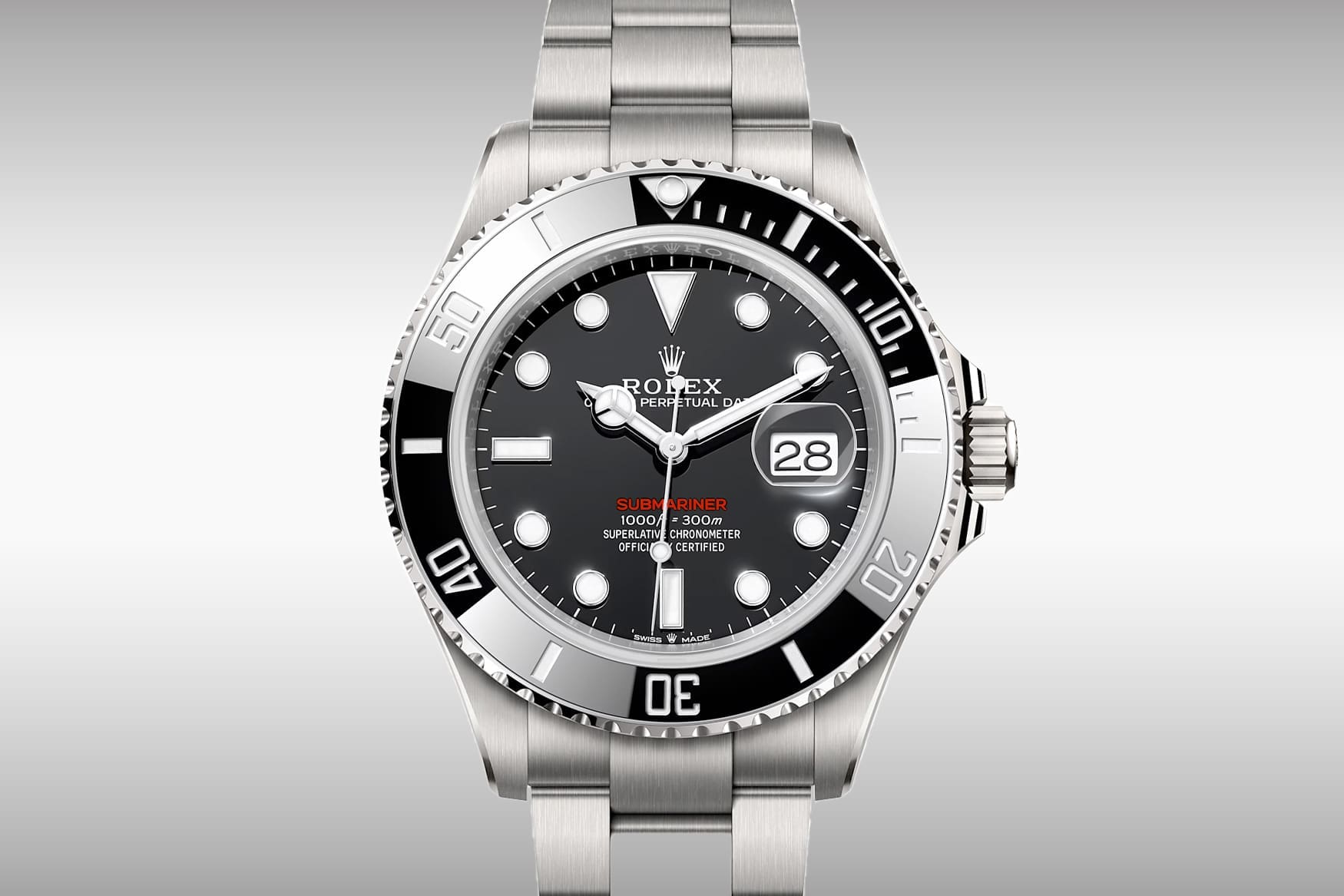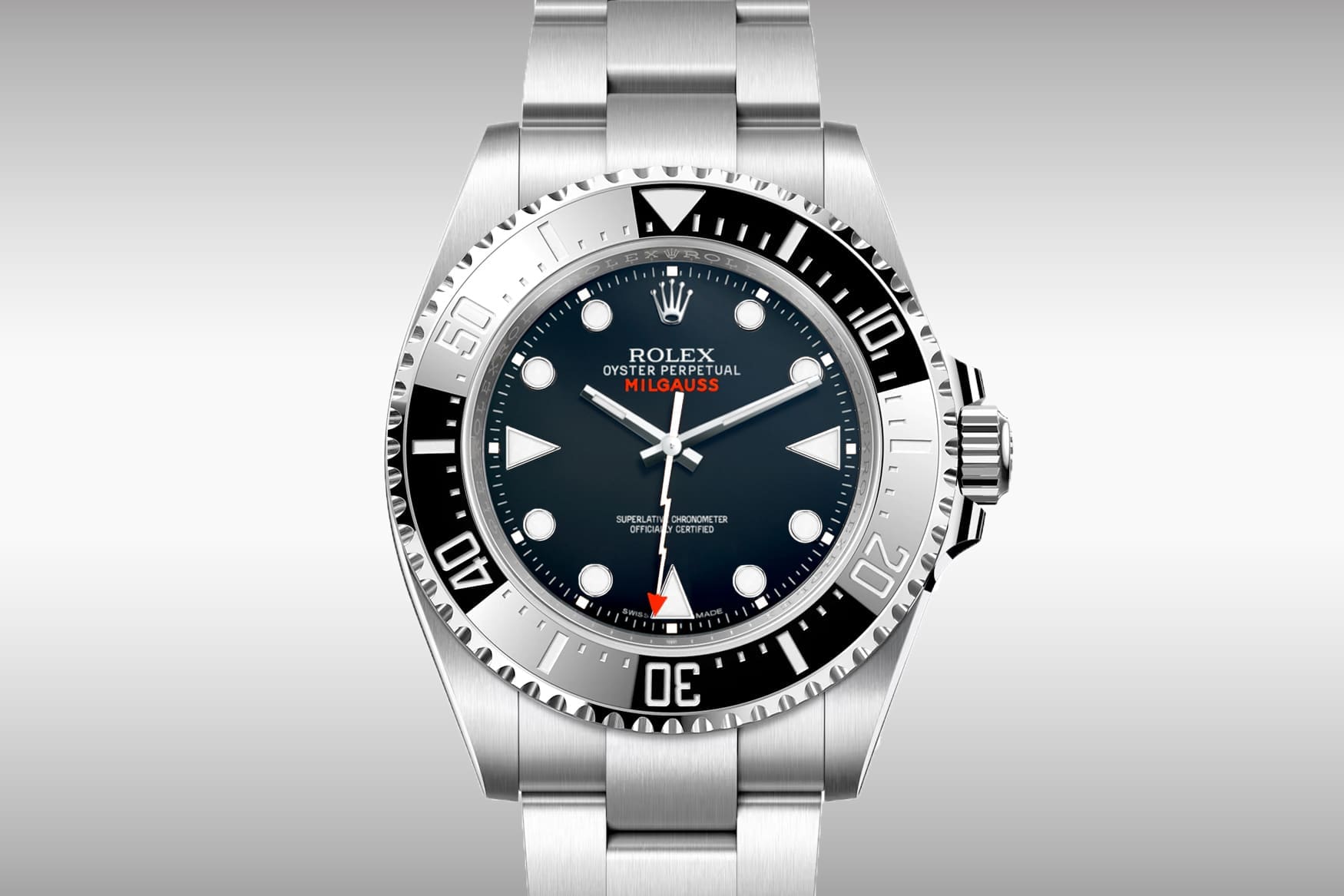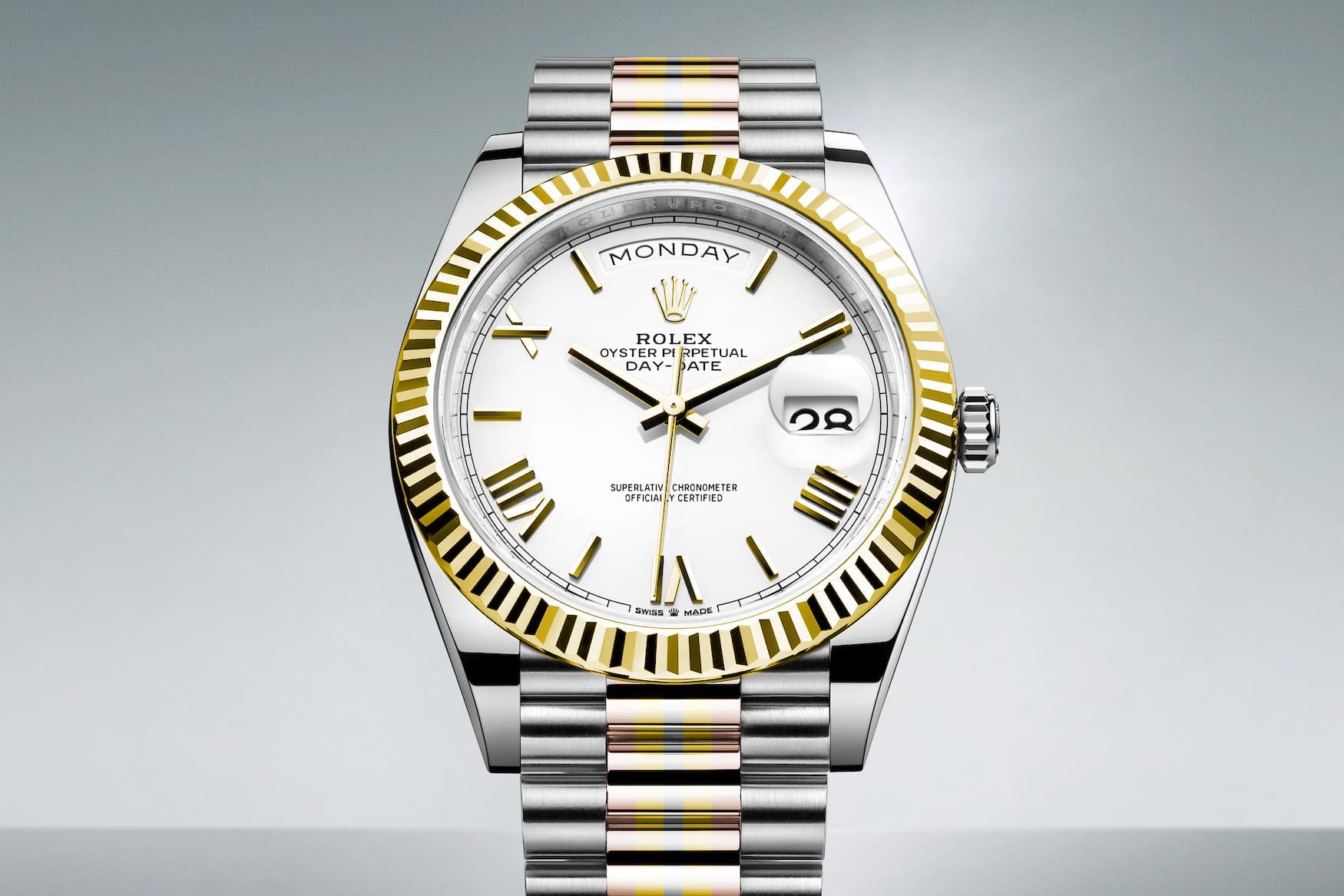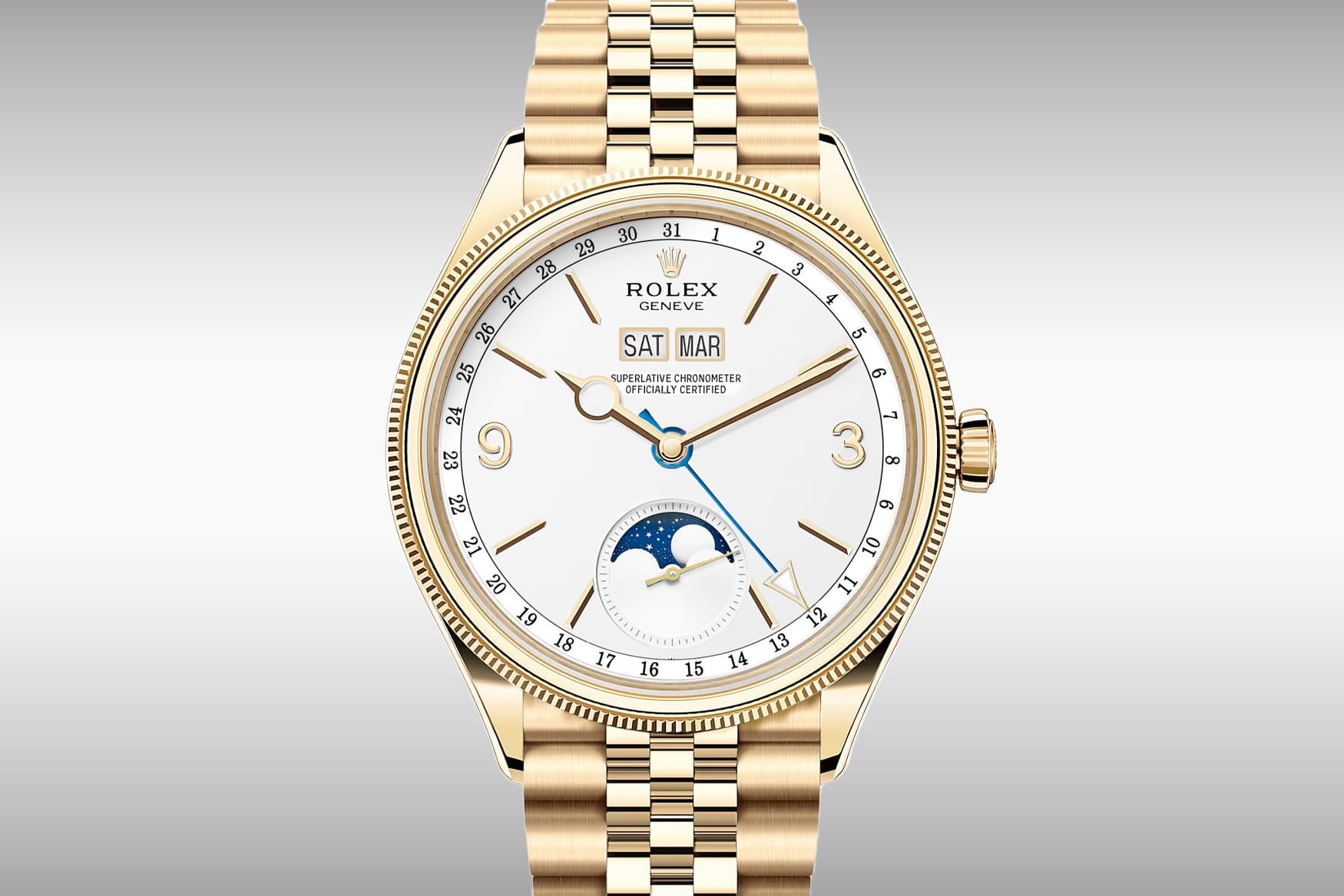Five Rolex predictions we would love to see made real in 2024
Tom AustinThis is one of my favourite times of the year on the watch calendar. Watches and Wonders 2024 is fast approaching, and with it comes a swathe of new releases from practically every watch brand you can think of. None create quite as much excitement, or so it seems, than Rolex. Each year becomes a bigger swirl of rumours, desires, and complicated theses, each one usually wildly incorrect when the launch day arrives, of course. Nevertheless, it’s fun to explore because Rolex, while being one of the biggest luxury brands in the world, is also known for being the most secretive. Leaks are few and far between, with only a few breadcrumbs often leading to dead ends. Considering how big the brand is, keeping this stuff under wraps is more akin to details of Area 51 rather than a collection of wristwatches.
Known for their glacial pace of development and change over the years, Rolex has been criticised for being too unimaginative with their collection updates. However, 2022/23 saw a slight shift in pace, introducing left-hand-drive GMTs, celebration bubbles and jigsaw dials, and ditching the Cellini line for a foundation to build something entirely new. Hopefully, this break-neck pace (for Rolex at least) of innovation continues, and we go on to see something like these few watches we’ve mocked up…
GMT-Master II “Coke”
So, the word on the street is that Rolex has been having a tough time with the colour red on its ceramic GMT-Master II bezel. This has sparked numerous rumours about the discontinuation of the blue and red BLRO version, more commonly known as the “Pepsi”. Firstly, this isn’t anything new: Rolex has changed the ceramic Pepsi bezel 4 times now since it arrived in 2014, with each change featuring a variety of red tones, from an almost light pastel on the Mk1 to a darker and more vibrant blood red on the Mk4.
2024 is an important year for the Rolex GMT. It not only marks its 70th anniversary but also 10 years since the introduction of the red and blue ceramic bezel. But importantly, when the GMT-Master II was adorned with aluminium bezels, we had to wait around 10-11 years for the release of the black and red “Coke” bezel. Rolex is known for sticking to timelines and steering the ship carefully through time, respecting the history of its previous models. Could we be about to see history repeat itself? Rolex has also recently filed a patent for making red and black ceramic bezels…
View this post on Instagram
I have a very hard time believing the production problem rumours. Do we honestly think that arguably the biggest watch brand in the world, renowned for going to great lengths to manufacture watches and components to expertly repetitive specificity, decided that when releasing an all-new flagship GMT Master II 116719BLRO, in white gold, that they were going to release what was to them, an inferior watch with a bezel they are unhappy with and just “make do” with it? After 11 years of the Pepsi being missing from the collection? Something doesn’t add up to me there, not to mention the enormous R&D budgets of the Crown.
We know the colour red in ceramics is a challenge, however, it’s certainly not impossible, as proven by other brands such as Hublot. What would be easier to make than a blue and red bezel, though? Well, black and red for a start. Layering colours in ceramics is indeed tough, but usually, it’s not so fraught with difficulty when using black. They’ve also filed a patent for the process! The bigger question is really whether or not the BLRO Pepsi be discontinued. That I’m unsure of, but I do think Rolex will want to celebrate 70 years of the GMT-Master with something special, And that could well be a red and black “Coke” GMT, possibly even in white gold. While a simple colour change may not seem like much, I think it fits the bill, and Rolex fans will go absolutely crazy over it.
Titanium Submariner
Technically, 2023 was the 70th anniversary of the Rolex Submariner. The brand considers the birth year of the iconic dive watch to be 1953 – but, interestingly, it was officially released to the public at Baselworld in 1954, 70 years ago this year. 2023 saw no significant changes to the Submariner line other than a slight change in the shade of green used on the 126610LV, or “Cermit”. But this news wasn’t announced and wasn’t considered a true anniversary model by most enthusiasts, unlike the green aluminium-bezelled “Kermit” from 2003, which marked its 50th anniversary. So is Rolex gearing up to celebrate the Submariner’s public release?
Some clues in other releases can lead us to a conclusion. For example, in 2023, we saw the landmark release of the Le Mans Daytona, a complete shift in Rolex’s dynamics when it comes to limited, celebratory pieces. Never before have we seen a contemporary Rolex modified heavily and released in small numbers. Secondly, we have the Yacht-Master. Following years of speculation and public testing, Rolex finally released the Yacht-Master in RLX titanium, and we know that this piece is highly sought after and produced in low numbers. It would seem like a confusing move for Rolex to invest in the manufacturing techniques needed to produce a watch in titanium, to their standards, to only keep it to a highly limited piece in the collection, right?
So those are two examples of where Rolex has changed its usual, almost stubborn direction and introduced something unusual for the brand. As a result, it would surprise me to see a titanium Submariner make it into the catalogue in 2024. It would retain most of the proportions of the current model, but going off the Yacht-Master and Deepsea Challenge, we would see the much-welcomed return of bevelled lugs on the Sub. Additionally, marking that 70th year since its launch, there’s a possibility we might get a splash of red text on the dial, because why not? We haven’t seen it since the mid-70s, so it’s about time we got something a little different.
Return of the Milgauss
The Milgauss is an interesting watch. It has spent the last few years in a strange position in the Rolex catalogue, stylistically stuck somewhere between an Explorer, an Oyster Perpetual and an Air King. As such, it certainly made sense for Rolex to finally discontinue the watch in 2023 in its most recent guise. Also came the eventual problem with its main feature: largely unchanged for a number of years, its anti-magnetic properties, for which it receives its name, are now far outmatched these days by watches with a lower price point. The level of magnetic protection was now considered more of a standard rather than a specialisation. The idea of the Milgauss was losing its footing.
The original Milgauss goes back quite some time, it came about in part due to a long-standing relationship between Rolex and CERN, one of the world’s largest and most respected centres for scientific research, and home to the famed Large Hadron Collider. The original watch was introduced in 1954, with the early references 6543 and 6541 being some of the most revered vintage Rolex’s around. Most notably, they looked considerably different from the recently discontinued 116400 models. Visually, they were very similar to dive watches of the time, but of course, they featured the internal Faraday cage to protect the movement from magnetic fields. Slowly, they began to evolve, and by around 1960, had gained the now iconic lightning bolt second hand.
So, where does Rolex go from here? The partnership with CERN is still alive and well, so it makes sense to revive the Milgauss, but it would also make a lot more sense to make it stand out too. The success of Tudor’s recent Black Bay 54, along with the market’s growing interest in smaller watches, makes me believe that we might see a much smaller Milgauss this time around. 37mm would be headline-grabbing; it would sit just right and separate it well from its dive watch stablemates, but also be suitable for a much broader bunch of wrists.
It is a tool watch after all, so it might gain some small crown guards, similar to an Air-King, and lose the polished centre links on the Oyster bracelet. One of the biggest changes would take it right back to its roots with a rotating timing bezel, this time in ceramic, of course. Finally, a touch of red once more, which seems to be a theme for my 2024 predictions so far, harking back to the original Milguass. Importantly, the Milgauss is all about technology, and it would make absolute sense for the watch to be completely amagnetic. This could be achieved by some funky material usage in the movement, putting it somewhere ahead of its competitors and very much making it worthy of the Migauss name.
Day-Date Tridor
The Day-Date is, to some, the epitome of Rolex. Only made in precious metals, it features characteristics that are instantly recognisable by watch fans and non-watch fans alike. The iconic ‘President’ bracelet with its exceptional comfort and fat semi-circular links, the fluted bezel, and the hidden clasp made for a watch that became a symbol of accomplishment and stature. From the wrists of world leaders to fictional (and maybe even non-fictional) New Jersey crime bosses, the Day-Date is undoubtedly one of the most iconic Rolexes ever.
One thing is for sure, though: Rolex love to use it to get people wound up. Last year, they released a number of questionable dial options, which, on the surface, are fairly hard to like. Then, of course, there’s the “Jigsaw” dial: an off-catalogue piece reserved for VIPs, which featured an enamel dial with a jigsaw pattern, emoji date wheel, and “positive vibe” words instead of days in the day window at 12. Rolex enjoys evoking emotions with the Day-Date and likes to push everyone’s buttons while experimenting. Interestingly, the watches, regardless of how the public seems to receive them, almost always tend to be successful hits. Pretty clever.
This is where the Tridor comes in. In 1988, Rolex introduced the original Tridor: a white gold Day-Date with a bracelet combining white gold, yellow gold, and rose gold. It’s not two-tone; it’s tri-tone. Rolex had figured out how to fuse the 3 metals seamlessly on the links of the bracelet, making for a rather unique look. The Tridor was left in production until the early 2000s but was never a watch you saw very often, and was never produced in 40mm. Full gold Day-Dates are, of course, the norm and have been for decades, and right now, the watch-wearing public is beginning to change their opinions on two-tone gold and steel watches once more, so it would make great sense for the Crown to revive this niche watch for a short run again, maybe in its larger form.
1908 Triple Calendar Moonphase
March 2023 saw the most classical line in Rolex’s catalogue cut, with the discontinuation of the final Rolex Cellini. The last remaining watch, consisting of the rose gold Moonphase ref. 50535, had reached a point where Rolex had neglected its Cellini line so much that hardly anyone noticed it was there. The Cellini had got to a point where it had missed the mark badly and was so far removed from the brand’s history it was struggling to stay relevant.
Luckily, we also saw the release of the newest interpretation of a classical wristwatch from Rolex, the 1908. It marked the introduction of a new line, which a lot of people viewed as a dull attempt at a dress watch, but I saw something different. I see the result of the last decade or so of Rolex bringing on board a whole new generation of watch collectors, with the way the so-called “hype cycle” panned out, and watches such as the GMT-Master II and Submariner drew in a new, younger crowd. Now these collectors are older and hooked, they will need something more suitable to wear for occasions such as weddings, christenings, and, of course, naturally, funerals. These are not really occasions for a 41mm stainless steel Submariner capable of withstanding the pressures of diving deeper than humanly possible. This is why I think the 1908 is more important than we realise.
So what next? While we know Rolex can put together a great watch, it’s fair to say that these days, their collection is devoid of interesting classical watches that can stand toe-to-toe with the likes of pretty much anything from Patek Philippe, for example. The 1908 gave Rolex a foundation with which to build a new range of complicated, traditionally styled dress watches and use them to bring in modern interpretations of their historical pieces. One such piece fits the bill perfectly, and that’s the original ref. 6062 Triple Calendar Moonphase. The 1908 is a perfect stepping stone with which to introduce a contemporary interpretation of the 6062, integrating all the current features.
Keeping it 39mm wide and 9.5mm thick, it would be a sleek dress watch that has some character to boot. A triple calendar moonphase would scratch that itch that a lot of people have developed since 6062s have reached astronomical values at auctions these past few years. Finally, the use of a full gold Jubilee bracelet instead of leather would be the icing on the cake because, as we know, back in the day, this was how a lot of 6062’s came originally. Like I mentioned before, I was well on board with the 1908, and if this prediction comes to fruition, this may well be at the top of my most wanted list.





